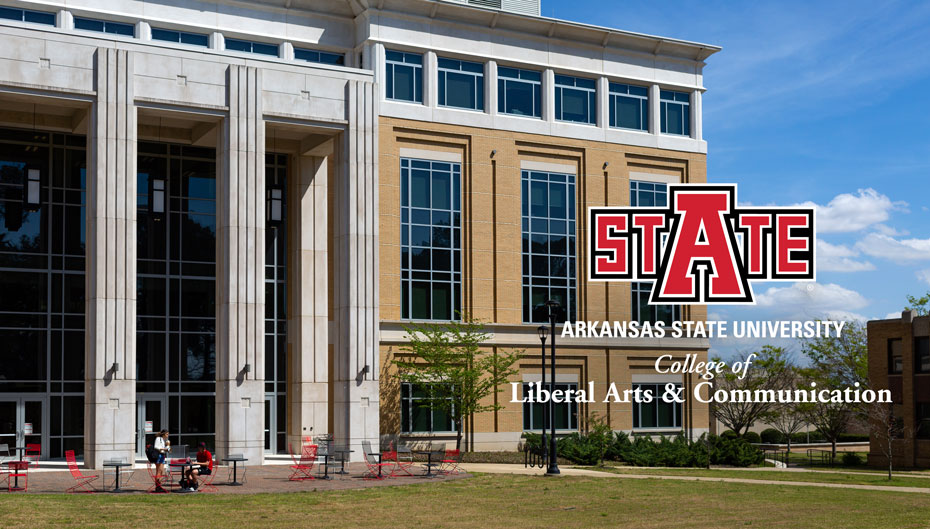A New Synergy in the Heart of Campus
The College of Liberal Arts and Communication provides innovative educational opportunities that will enable lifelong learning, professional leadership, and engaged lives.
View the College of Liberal Arts and Communication Strategic Plan >>
2024 CLAC Honors Banquet
Department Directory
The following departments can be found in the College of Liberal Arts and Communications.







.jpg)